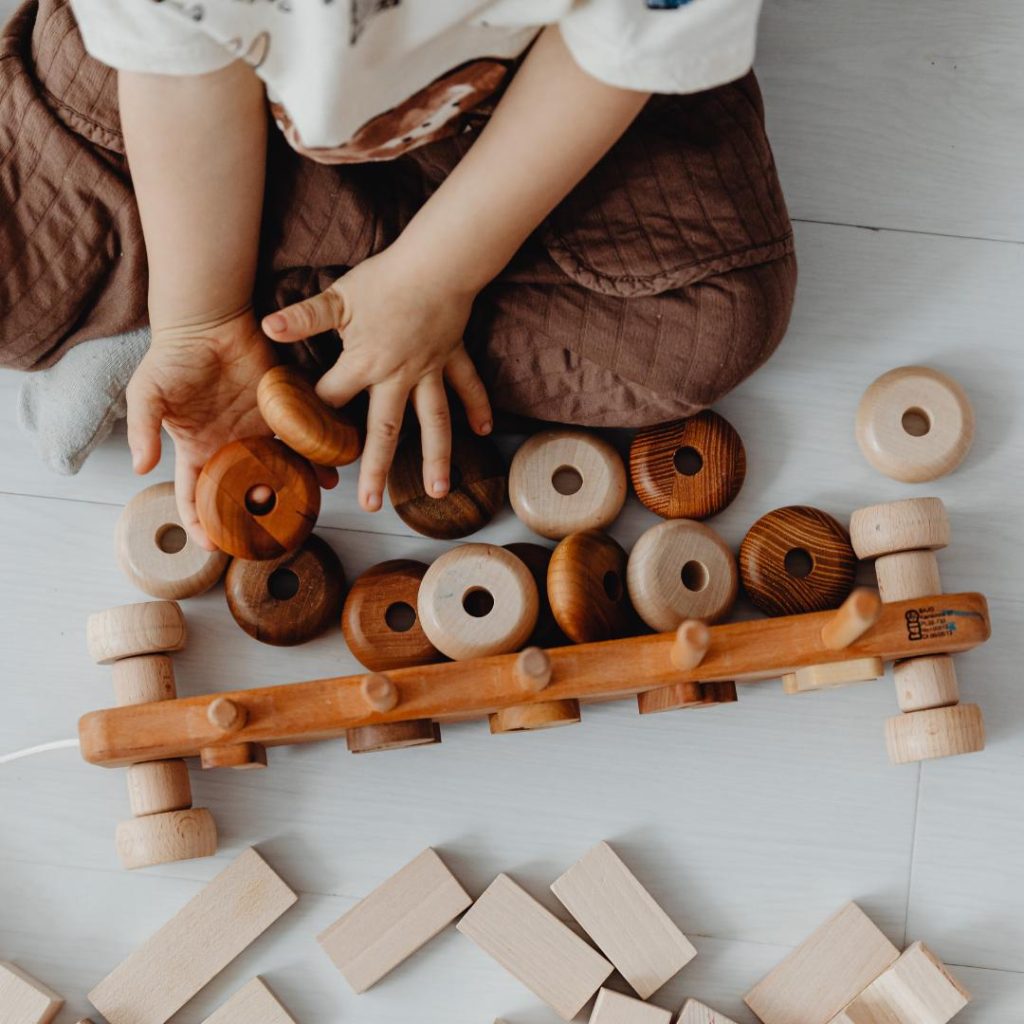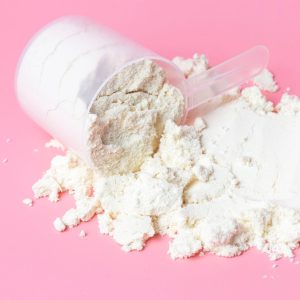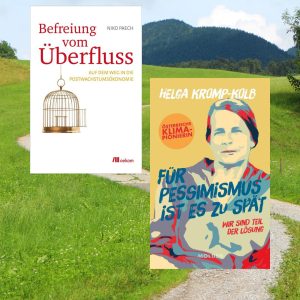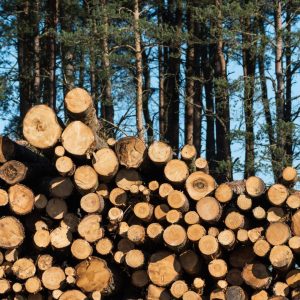Harmful substances in wooden toys for small children - the test

Parents and children like to buy wooden toys in toy stores. But how safe are the products? KONSUMENT took a close look at 13 toys for children under the age of three. The result shows: More than a third of the products tested cannot be recommended. Harmful substances in paint, plywood or textiles are to blame.
When buying toys, it's not just the fun factor that counts, but also the safety of the little ones. That's why KONSUMENT tested 13 wooden toys for children under the age of three. For example, building blocks, pegging games as well as pull-along and push-along toys.
Toys tested for a total of 220 harmful substances
The pollutant test looked for pesticides, colorants, flame retardants, formaldehyde, plasticizers and heavy metals. More than 1,000 tests were carried out for 220 substances. There was at least one hit for every product. However, there is no risk for eight toys due to the low quantities. They are harmless.
Five products cannot be recommended
- The magnetic fishing game from Goula releases more formaldehyde than permitted. However, it remains below the limit value of the Toy Safety Directive and was rated "less satisfactory".
- Activity Blocks from PlanToys, Pepe the pull-along dog from Hape, Squirrel Play wooden building blocks from Smyths Toys and the Frog King sliding figure from Walter failed the harmful substances test and therefore the safety category with "unsatisfactory".
- The blue textile of the purple wooden cube in PlanToys' Activity Blocks contains a dye that can release a carcinogenic substance. The paints also contain a chemical that is harmful to our environment.
- The Frog King sliding figure from Walter should never have been sold in the first place. This is because problematic plasticizers were found in the black plastic ring of its wheels in quantities that are prohibited under EU law.
- A substance suspected of causing cancer was found in the paintwork of trailing dog Pepe.
- The red paint on the Squirrel Play building blocks contains a substance that is suspected of causing cancer.
All products passed "direct hazard" tests
Direct hazards include risks such as choking hazards due to small parts that can be swallowed, strangulation hazards, flammability and acoustic safety - for example, if a toy is too loud. More than 200 stress tests were carried out on these hazards. The reassuring result: none of the 13 products tested had anything to complain about in terms of direct hazards.
In cooperation with the magazine KONSUMENT, the AK OÖ is making this article available for free download: ooe.arbeiterkammer.at/konsumentenschutz






